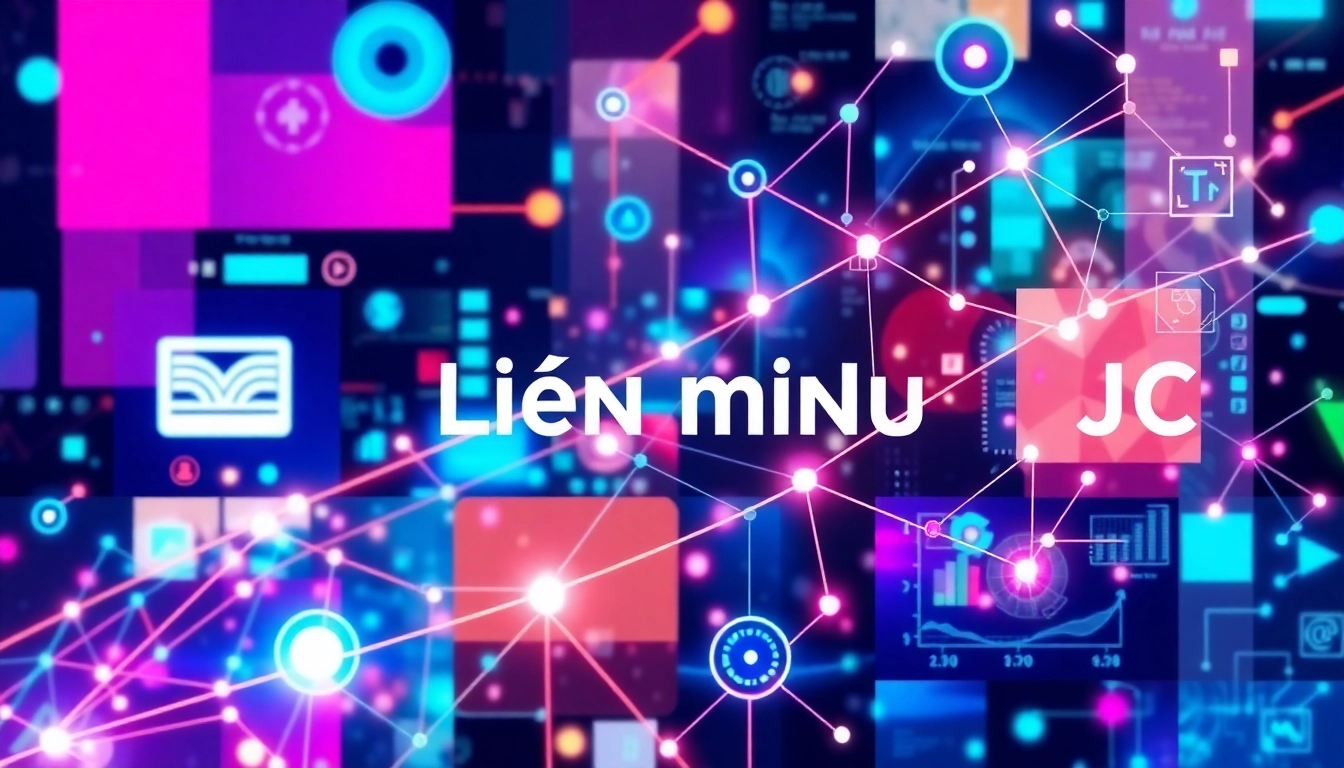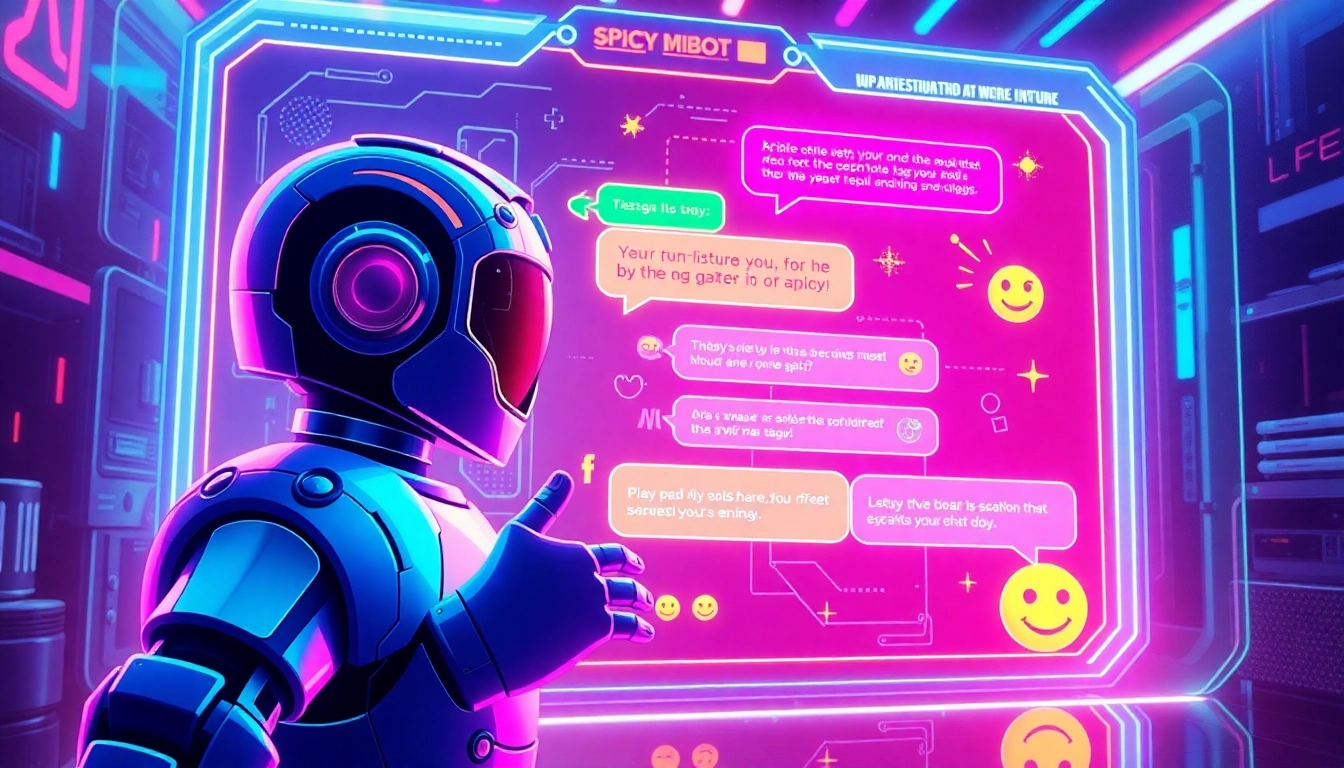Understanding the Human or Not AI Game: Purpose and Mechanics
In an age where artificial intelligence (AI) permeates nearly every facet of daily life, the ability to discern between human and machine interactions has become more critical than ever. The human or not ai game stands at the forefront of this social and technological frontier, offering players a captivating challenge: engage in a brief conversation and determine whether their interlocutor is a human or an AI bot. This social Turing test echoes the foundational ideas laid out by Alan Turing, aiming to explore the limits of machine intelligence and human perceptiveness in conversational contexts.
What Is the Human or Not AI Social Turing Test?
The core concept of this game is rooted in the classic Turing Test—initially proposed to assess a machine’s ability to exhibit behavior indistinguishable from a human. However, Human or Not expands this idea into an interactive, accessible platform where everyday users become judges. Participants enter into a two-minute chat with an anonymous partner, which could be either a real person or an AI-powered chatbot powered by sophisticated models like GPT-4. After the chat, players are prompted to guess: was I talking to a human or an AI?
This engaging format not only tests the player’s ability to identify AI-generated responses but also fosters awareness of AI’s capabilities and limitations in social interactions. As an accessible, web-based platform, it removes barriers to participation, requiring no downloads or complex setups, making it ideal for both casual users and serious AI enthusiasts.
How Does the Game Simulate Human and AI Interactions?
To effectively mimic real human conversation, the game leverages cutting-edge NLP (Natural Language Processing) models, including variants that incorporate GPT-4 technology. These models generate responses based on vast datasets and contextual understanding, enabling the chatbot to produce replies that are contextually relevant and linguistically natural. Meanwhile, human participants simulate authentic, spontaneous dialogue, often drawing from their own experiences and intuition.
The platform’s design ensures that both AI and human responses are indistinguishable in tone, style, and complexity—sometimes even challenging user expectations. For example, AI responses might include nuanced emotional cues, cultural references, or colloquial language, making the discernment task more nuanced.
Behind the scenes, the system employs a dynamic matching algorithm that pairs users with either human or AI partners. The process involves real-time communication, enabling an organic conversational flow, critical in testing perceptive abilities effectively.
Key Features and Technologies Behind the Game’s Accuracy
The success of human or not ai as a social Turing game depends on several technological and design features:
- Advanced AI Models: Utilization of state-of-the-art language models like GPT-4 ensures responses are coherent, context-aware, and human-like.
- Real-time Interaction: Live chat capabilities create an authentic experience, avoiding delays that could reveal AI or human responses.
- Anonymity and Privacy: Users communicate anonymously, which maintains the integrity of judgments and encourages openness.
- Robust Tech Stack: The game incorporates reliable platforms such as Amplitude and Webflow to deliver a seamless and engaging user interface, as well as analytical tools for performance assessment.
- Continuous Learning: The system learns from user guesses and interactions to improve AI response quality and detection techniques continually.
The complement of these features creates an environment where players are challenged to use their intuition and analytical skills, pushing the boundaries of AI detection and human perception.
Strategies to Improve Your Human or Not UI and AI Discrimination Abilities
Recognizing Subtle Cues in Conversation Patterns
Successful differentiation often hinges on perceptive observation. Human responses tend to display inconsistencies, emotional nuances, or minor grammatical slips that AI models may overlook or handle differently. For instance, humans might introduce humor, personal anecdotes, or emotional reactions that are contextually rich but less predictable by AI.
Conversely, AI responses, despite their sophistication, sometimes exhibit repetitive patterns, overly formal language, or a lack of genuine emotional depth. Recognizing these subtle cues—such as slight hesitations in thought, irregularities in emotional expression, or inconsistent contextual references—can significantly boost your chances in the game.
Using Critical Thinking and Intuition Effectively
While pattern recognition is essential, combining it with critical thinking and intuition is vital. Consider the context of responses: Do they align with typical human experiences? Are there cultural or idiomatic references that seem natural? Does the response exhibit empathy or genuine interest? Analyzing response coherence, emotional depth, and spontaneity helps in making accurate guesses.
Practice makes perfect. Over time, players develop instincts—subtle timing delays, unexpected humor, or even the presence of non-sequitur replies can serve as clues. Trusting your instincts, while cross-referencing observable behaviors, sharpens your discernment.
Practicing and Analyzing Your Results for Skill Growth
To improve, review your game history. Most platforms provide statistics and feedback on your guesses—accurate or mistaken. Analyze why you succeeded or failed: Did responses sound authentic? Were there telltale signs? Use this knowledge to refine your intuition and detection strategies.
Engage regularly, participate in community discussions, and consult expert insights. For example, psychology or AI forums often discuss common behavioral cues, which can inform your gameplay and understanding.
Implementation Tips for Maximizing the Human or Not AI Experience
Best Devices and Browser Settings for Optimal Engagement
For an optimal experience, access the game via modern browsers like Chrome, Firefox, or Edge on desktops or mobile devices. Ensure your device has an active internet connection and that JavaScript and cookies are enabled. Using updated browsers minimizes latency and guarantees smooth real-time interactions, which are crucial in maintaining the natural flow of conversation.
Mobile users should prefer devices with larger screens and responsive layout support to facilitate easier reading and typing. Consider disabling ad blockers or script blockers that might interfere with live chat functionalities.
Ensuring Privacy and Safety During Play
The platform emphasizes privacy and safety. Conversations are conducted anonymously, and no personally identifiable information is collected without explicit consent. To further protect yourself, avoid sharing sensitive personal data and report any suspicious behavior or violations.
Review the platform’s privacy policies and utilize available safety features, such as blocking problematic users or leaving a conversation at any time if uncomfortable.
Incorporating the Game Into Educational or Corporate Training
Beyond casual play, Human or Not can serve as a valuable tool for education and professional development. For example:
- Digital literacy workshops: Teaching participants about AI’s capabilities, limitations, and ethical considerations.
- Customer service training: Enhancing employees’ skills in distinguishing human and AI responses to improve service quality.
- AI awareness seminars: Demonstrating the importance of human judgment in an AI-saturated environment.
Implementing this game in a structured setting can foster critical thinking, improve digital literacy, and prepare users for increasing AI integration.
Potential Impact of Human or Not AI on Digital Literacy and AI Awareness
The Role in Enhancing Critical Media Consumption
As AI-generated content becomes increasingly indistinguishable from human creations—be it text, images, or videos—training users to recognize the differences has significant implications. The game promotes critical media literacy, enabling individuals to evaluate digital content critically, recognize deepfakes, and mitigate misinformation risks.
Educating consumers to discern AI artifacts and human-created media aids in maintaining digital trust and reduces susceptibility to manipulation.
Implications for Cybersecurity and Digital Trust
Understanding AI’s capabilities is vital for cybersecurity. The ability to distinguish AI from human entities impacts identity verification, fraud detection, and secure communication. Human or Not functions as a practical training ground, sharpening skills essential in combating AI-enabled scams, deepfakes, and social engineering attacks.
Fostering AI literacy enhances overall digital trust—users become more skeptical, informed, and vigilant, ultimately strengthening cybersecurity resilience.
Future Developments in AI Growth and Human Interaction Testing
As AI technology continues its rapid advancement, future iterations of the Human or Not game may incorporate multimodal inputs like images and videos, expanding beyond text-based conversations. Integrating voice recognition, emotional analysis, and personalized AI profiles can make the identification more challenging and realistic.
Ongoing research will also refine detection algorithms and human perception models, fostering a deeper understanding of AI’s evolving human-like behaviors. These developments will be crucial in navigating the complex landscape of human-AI interactions.
Community and Feedback: Sharing Your Human or Not Experiences
Participating in Online Discussions and Reddit Forums
Engaging in communities—such as Reddit’s r/Humanornot—allows players to share experiences, strategies, and anecdotes. Discussions often highlight common telltale signs, discuss AI milestones, and debate ethical issues surrounding AI impersonation. Such forums foster a collaborative environment where insights evolve collectively.
Gathering Insights from User Testimonials and Stats
Testimonials reflect the game’s engaging and educational value. Players frequently report that the game sharpens their perceptive skills and raises awareness of AI’s emerging social presence. Metrics from game analytics—such as success rates in distinguishing AI from humans—help refine strategies and validate the importance of AI literacy.
Contributing Ideas to Improve Game Mechanics and Technology
Feedback from active users is vital for innovation. Suggestions include incorporating multimedia responses, integrating AI detection scoring, or developing immersive modes like voice or video chats. Developers are continually enhancing the platform based on community input, ensuring that the game remains relevant amid rapid AI developments.














